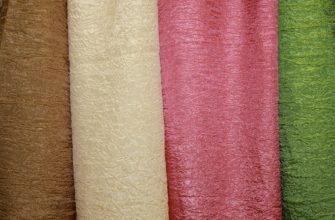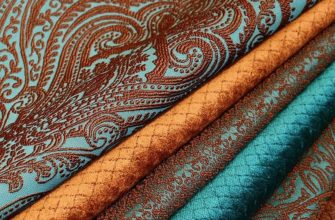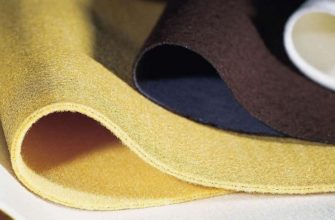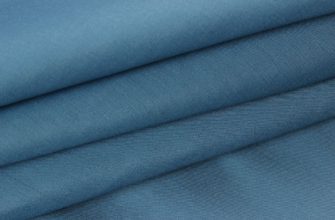Modern technologies give birth to new products every year in various spheres of life. The textile industry is not far behind - new fabrics are created. One of the new products is the material modal. I wonder what modal is?
- Modal - what kind of fabric is it?
- History of origin
- Production technology and types of modal
- Description of modal fabric: composition, properties, characteristics
- Properties and characteristics of fabric
- Scope of application
- Care instructions
- Advantages and disadvantages
- Comparison with other fabrics
- Comparison with cotton
- Which is better: modal or viscose
- Reviews
Modal - what kind of fabric is it?
Modal is a fabric of synthetic origin, but made from natural raw materials - beech, eucalyptus or pine cellulose. The material is especially valued for its natural origin and environmentally friendly composition without chlorine and harmful impurities. The fabric reproduces all the positive properties of cotton, in addition, in terms of hygroscopicity, it surpasses it by 1.5 times. The material is characterized by high tensile strength and extraordinary lightness - 10 km of fiber weigh only 1 gram.

Sometimes you can come across the statement that modal fabric is a modernized viscose. The reason for this statement lies in its origin.
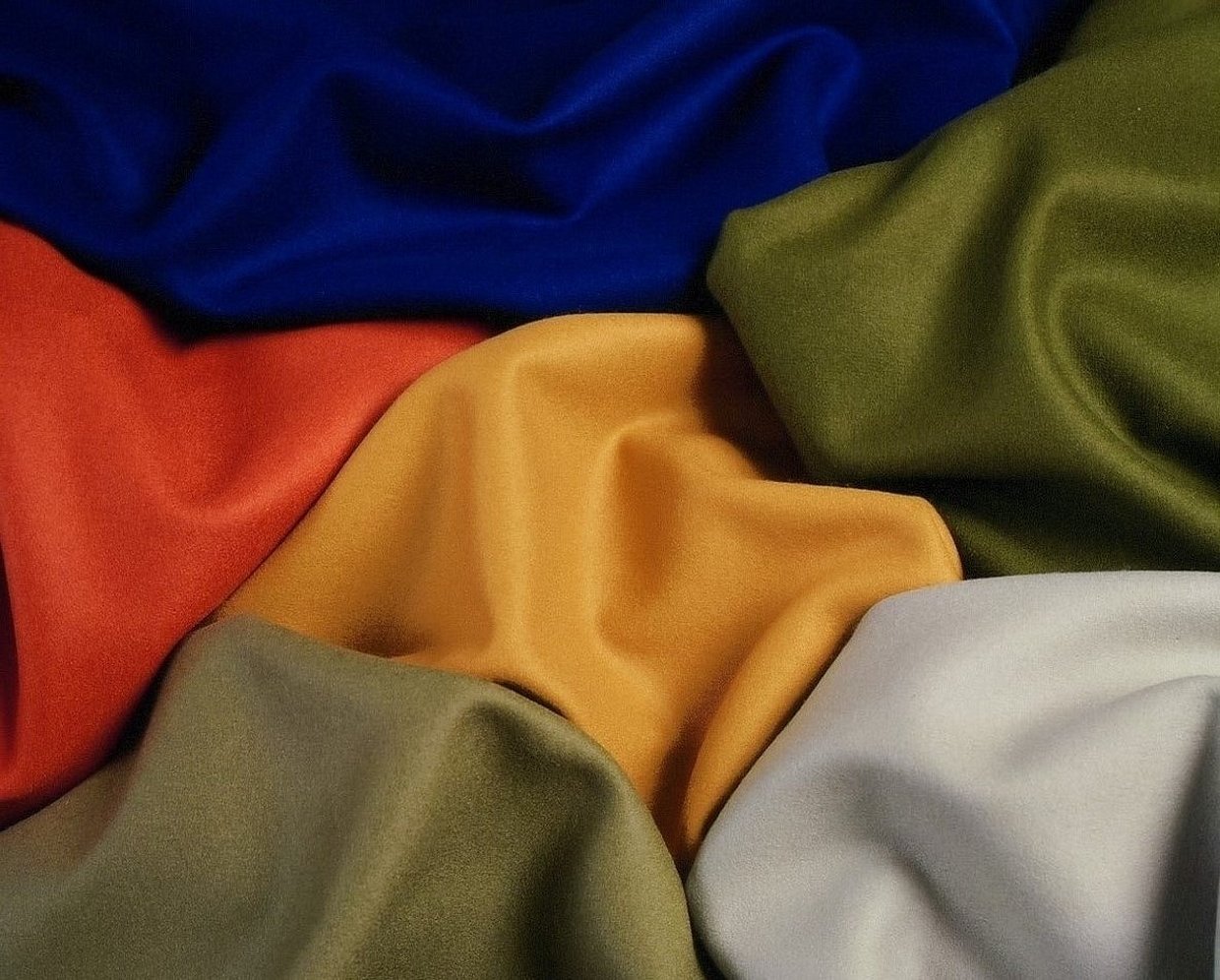
History of origin
The material first appeared in Japan. In the 1930s, thin, strong threads were obtained from cellulose fibers, which were used to make mixed-composition fabrics. The scientists did not stop there, their goal was to synthesize a dense and soft artificial material based on natural fibers that would resemble cotton. In 1951, as a result of an experiment with viscose, a prototype was made, consisting entirely of cellulose fibers. Chlorine and other chemical reagents hazardous to humans were not used in its production. Eucalyptus tree cellulose served as the raw material for the fabric. The original name of the material was "Polinosic". In the 1960s, fabric production moved to Europe, namely to Austria, and received the familiar name "modal". Mass production of the fabric also reached Australia, where there are extensive reserves of eucalyptus wood.
Important! Products made from material produced from eucalyptus cellulose have antiseptic properties.
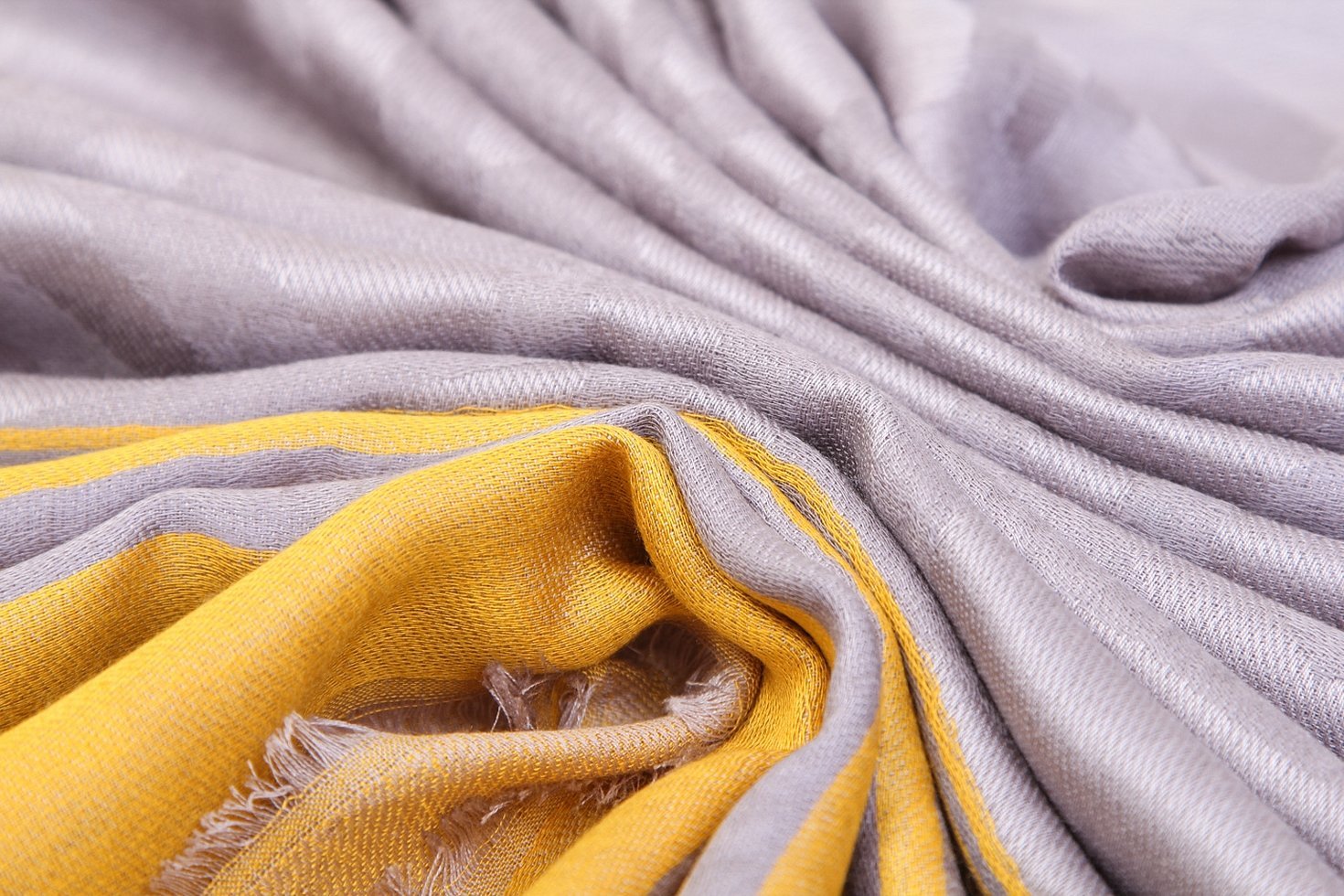
Production technology and types of modal
The raw material for the material is a substance found in wood called cellulose. Before it becomes a fiber, cellulose undergoes several stages of processing.
- Preparatory stage - beech or eucalyptus wood is dried, turned into chips and treated with alkali. Then excess moisture is removed and the resulting mass is crushed.
- Obtaining threads - the mature raw material is passed through special forms - spinnerets, like through a press. Then the fiber obtained in this way is dipped in a special composition, which makes the thin threads especially strong. At this stage, dyes are added to the yarn.
- Finishing - the threads are washed in a soap solution.
- Drying and twisting the resulting threads.
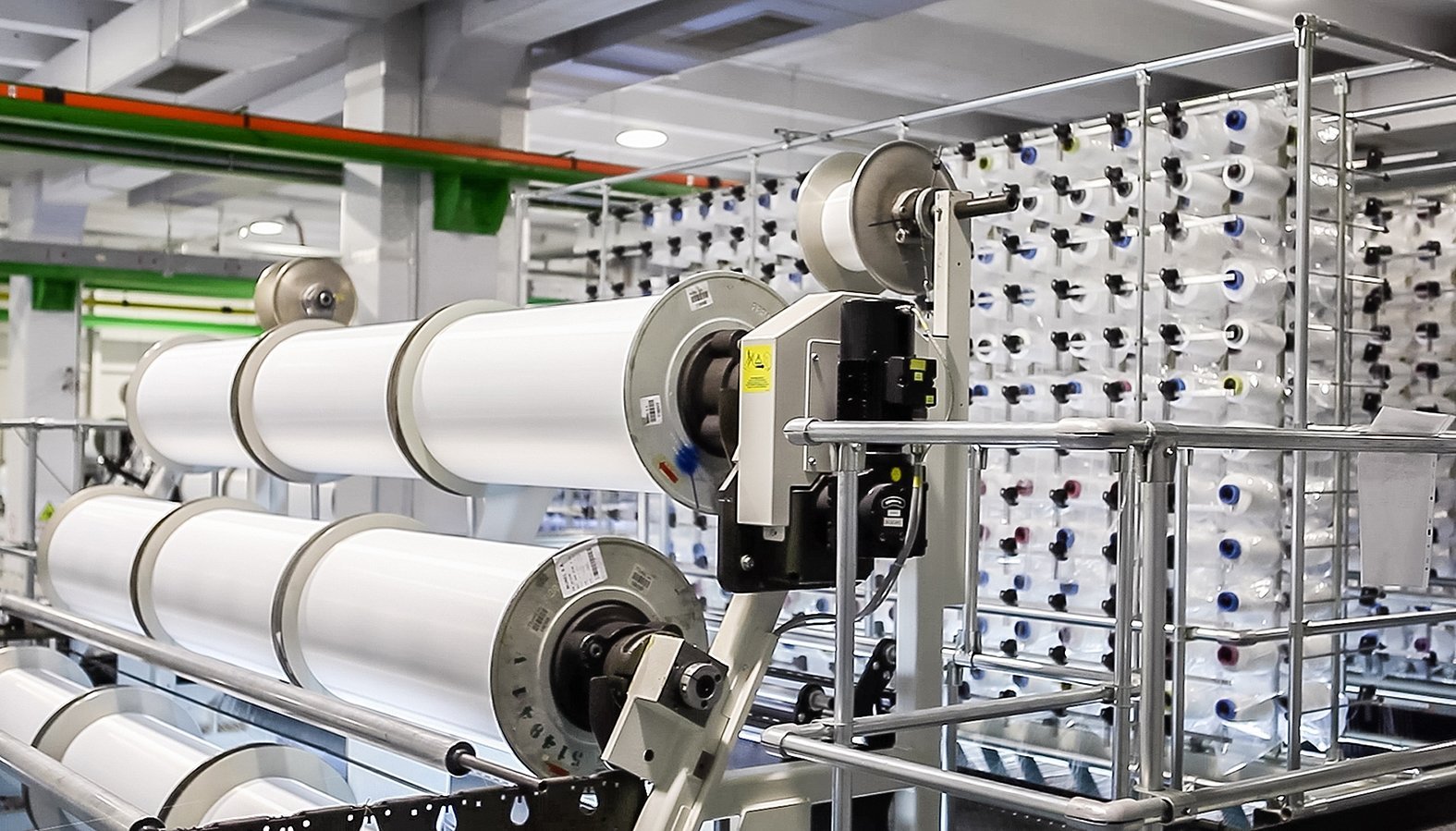
The next stage is the production of the fabric itself, which can be done in two ways. According to the method of weaving the fibers, the following types of material are distinguished:
- one-sided - a very thin fabric, perfectly smooth and similar in appearance to natural silk;
- double-sided - a denser fabric, reminiscent of knitwear, the surface is velvety.
Both types are very easy to dye because they undergo careful processing.
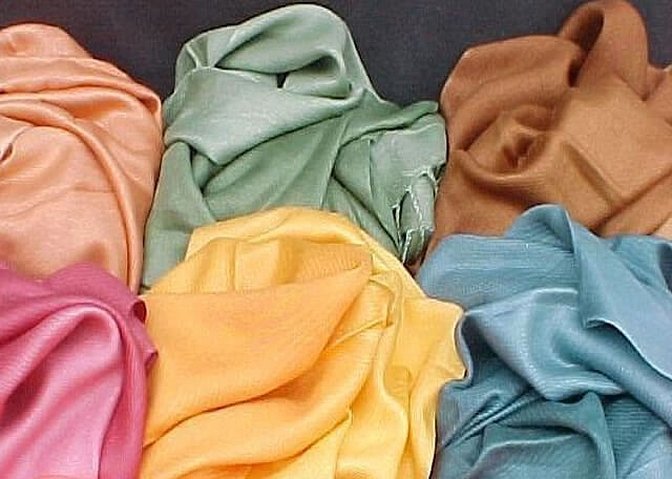
Description of modal fabric: composition, properties, characteristics
Modal - what kind of material is it, is it natural or artificial? On the one hand, the raw material is natural, but on the other hand, it undergoes careful processing, only after which thin and durable fibers are obtained, therefore it is also considered synthetic. The material combines the qualities inherent in natural fabrics, and these properties are improved as a result of processing the original raw material.
According to composition, fabric is divided into two types:
- pure - the material is 100% made from beech, eucalyptus or pine cellulose;
- blended - a combination with cotton or viscose, wool, spandex.

In textile production, fibers are rarely used in their pure form. Most often, to improve consumer properties, threads are introduced into the composition, allowing the product to better hold its shape and withstand repeated washings. This also has a positive effect on reducing the cost of production. A striking example of this is the use of combinations of modal with cotton, most often in a 50 to 50 ratio. This combination improves the hygienic properties of the material, makes it pleasant to the touch and increases air permeability.
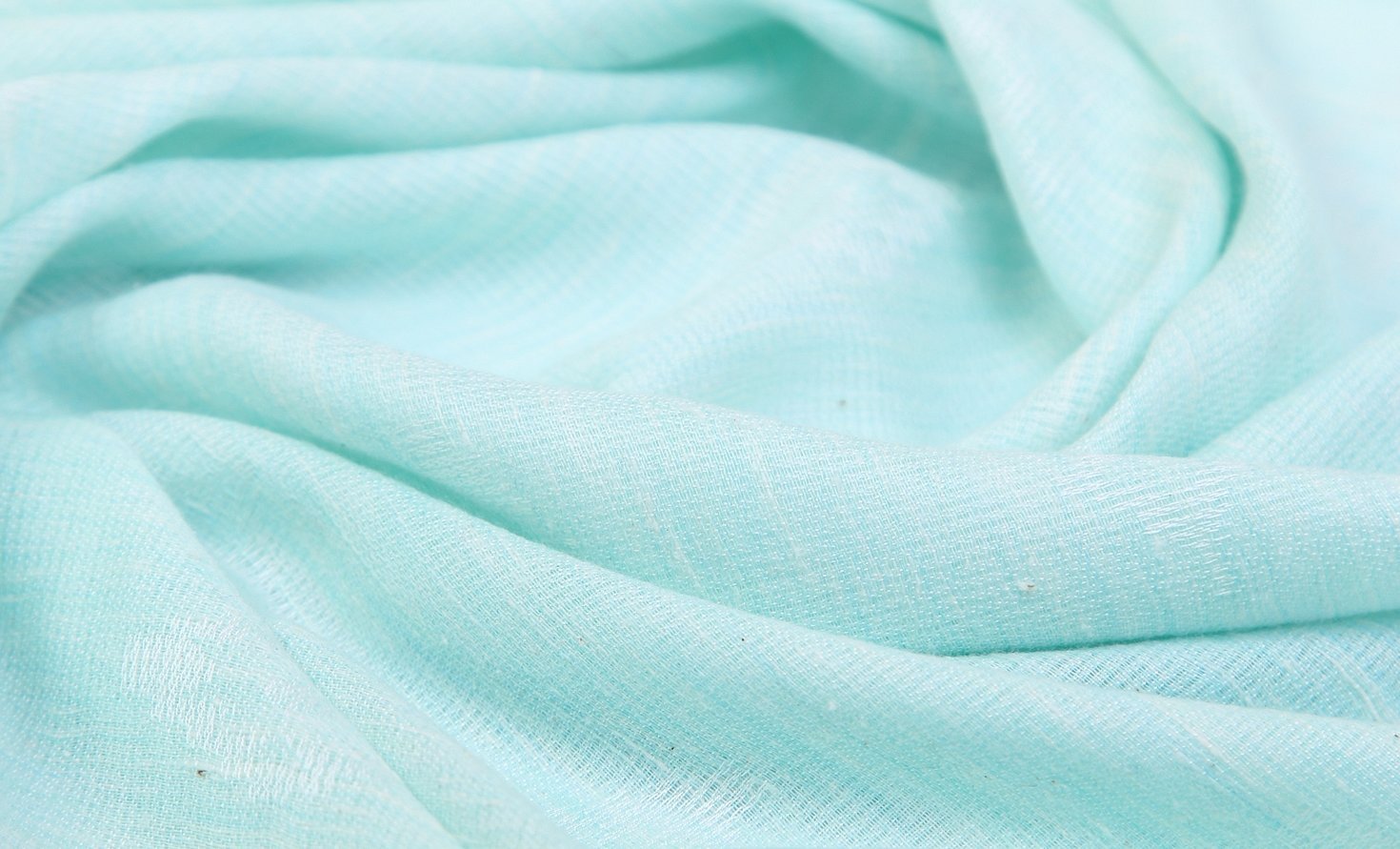
The combination of modal, viscose and wool allows to obtain a warm and soft material, ideal for making pullovers, sweaters and jumpers for the cold season, as well as for high-density tights. Spandex is included in the composition for making home casual clothes. This reduces the wrinkling of the material, increases resistance to frequent washing. Things retain their appearance for a long time.
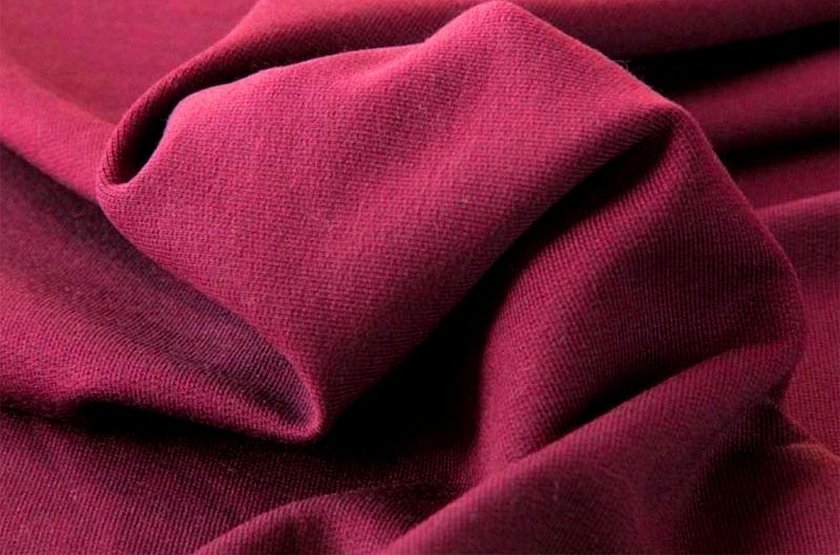
What is micromodal material - it is an improved type of material with even thinner fibers. They are added to other threads, such as elastane, to enhance the hygroscopicity and durability of the product. They are used to make thin tights and stockings that are almost invisible on the legs, but at the same time durable, stretch well, with a long service life.
Important! The thickness of micromodal threads is 40 times thinner than a human hair.
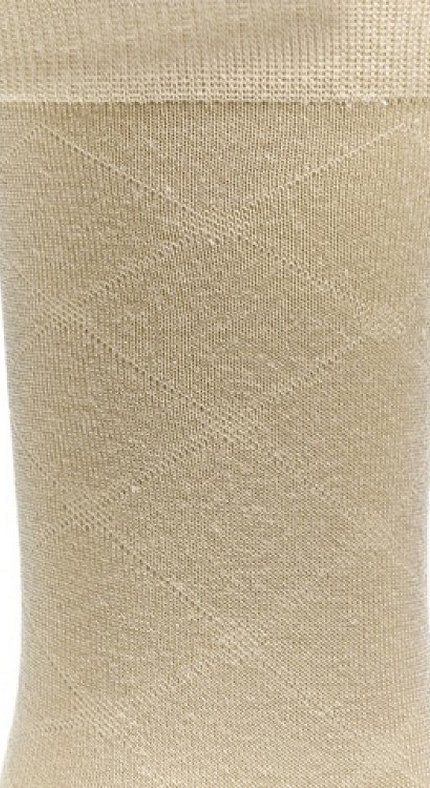
Compared to its closest relative, viscose, obtaining modal fibers is a more expensive process. But despite this, due to the unique characteristics of the fabric, it is in demand.
Properties and characteristics of fabric
The material combines the properties of natural and artificial materials:
- cool to the touch material;
- allows air to pass through well;
- can be easily dyed in various colors and shades;
- less prone to shrinkage than cotton;
- high strength;
- thanks to the particularly smooth surface, the fabric does not wear out and does not accumulate cleaning agents on the surface, the surface remains soft after repeated washings;
- does not accumulate static electricity;
- holds its shape well;
- in terms of smoothness and shine, the fabric looks like silk;
- environmentally friendly material in production - no harmful impurities are used, does not have a negative impact on the environment, the material itself does not accumulate allergens on the surface.
The material is similar in its characteristics to natural cotton, but does not wrinkle.
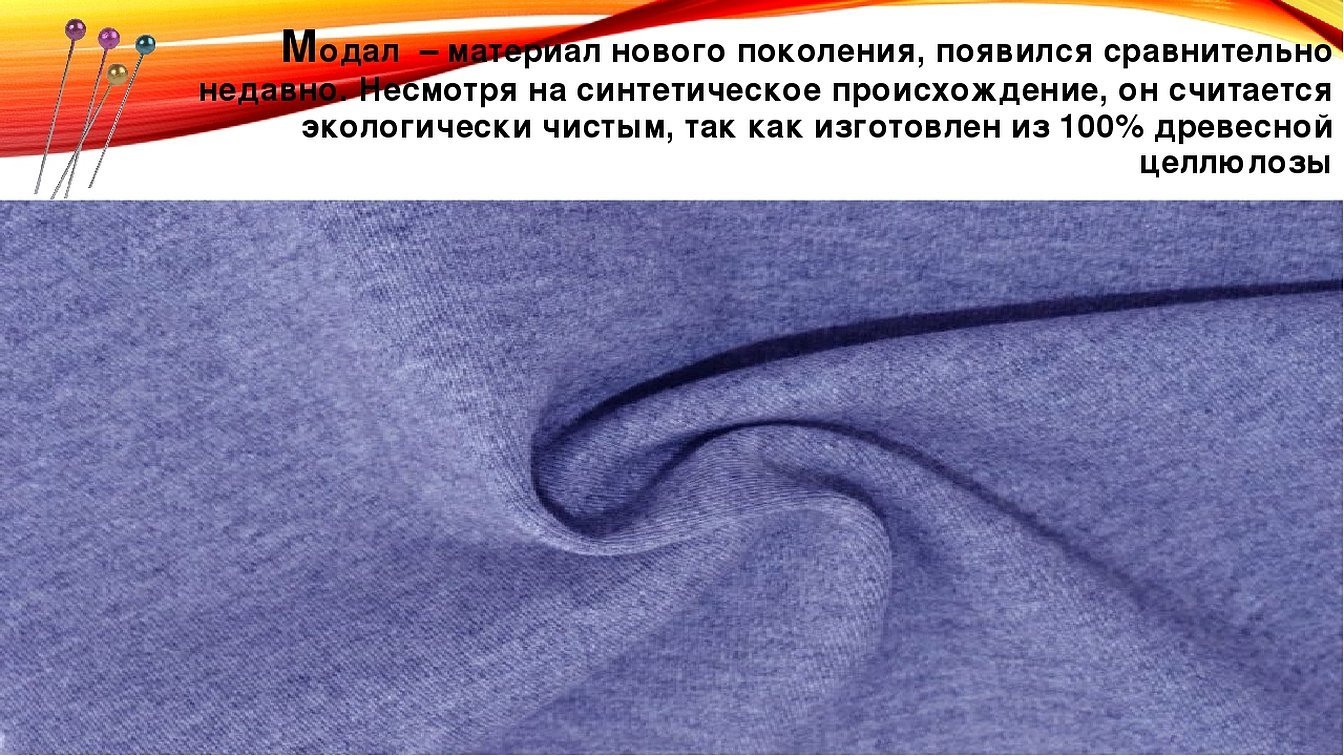
Scope of application
Modal fabric has high decorative characteristics, which allows it to be used not only for sewing home clothes. It is also used to make everyday and festive items. The fibers are used both in pure form and in combination with others - cotton and elastane, which significantly expands the scope of use of the material. It is used to make products for a wide variety of purposes:
- men's and women's underwear - with good hygienic characteristics, fits tightly on the figure, elastic, soft and breathable;

- stockings, tights, knee-highs and socks - are made mainly from micromodal, have high hygienic characteristics;
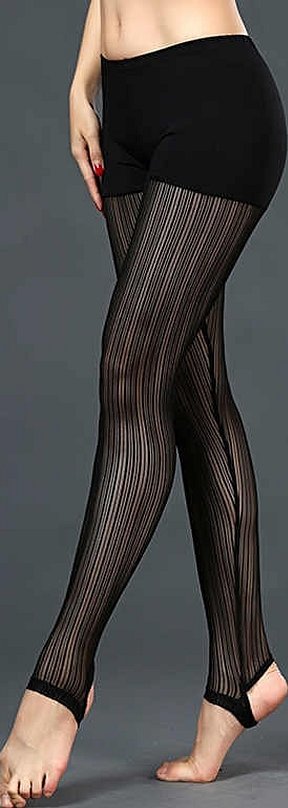
- home clothes (robes, pajamas) - warmer double-sided material is used;
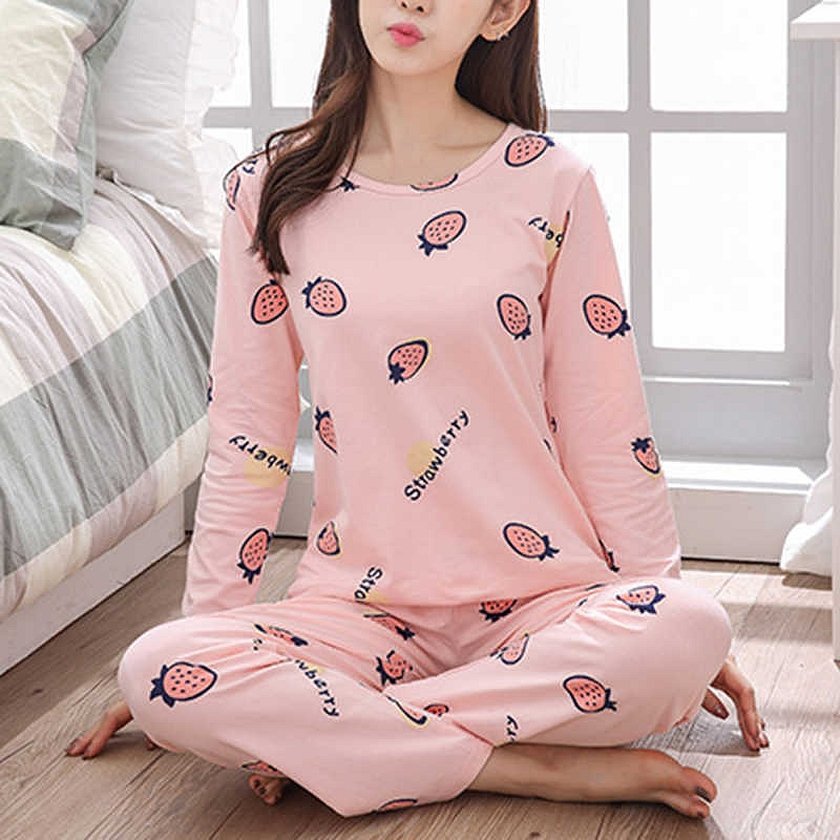
- first layer sportswear - T-shirts, tank tops, leggings - mixed fabric is used, in combination with spandex;
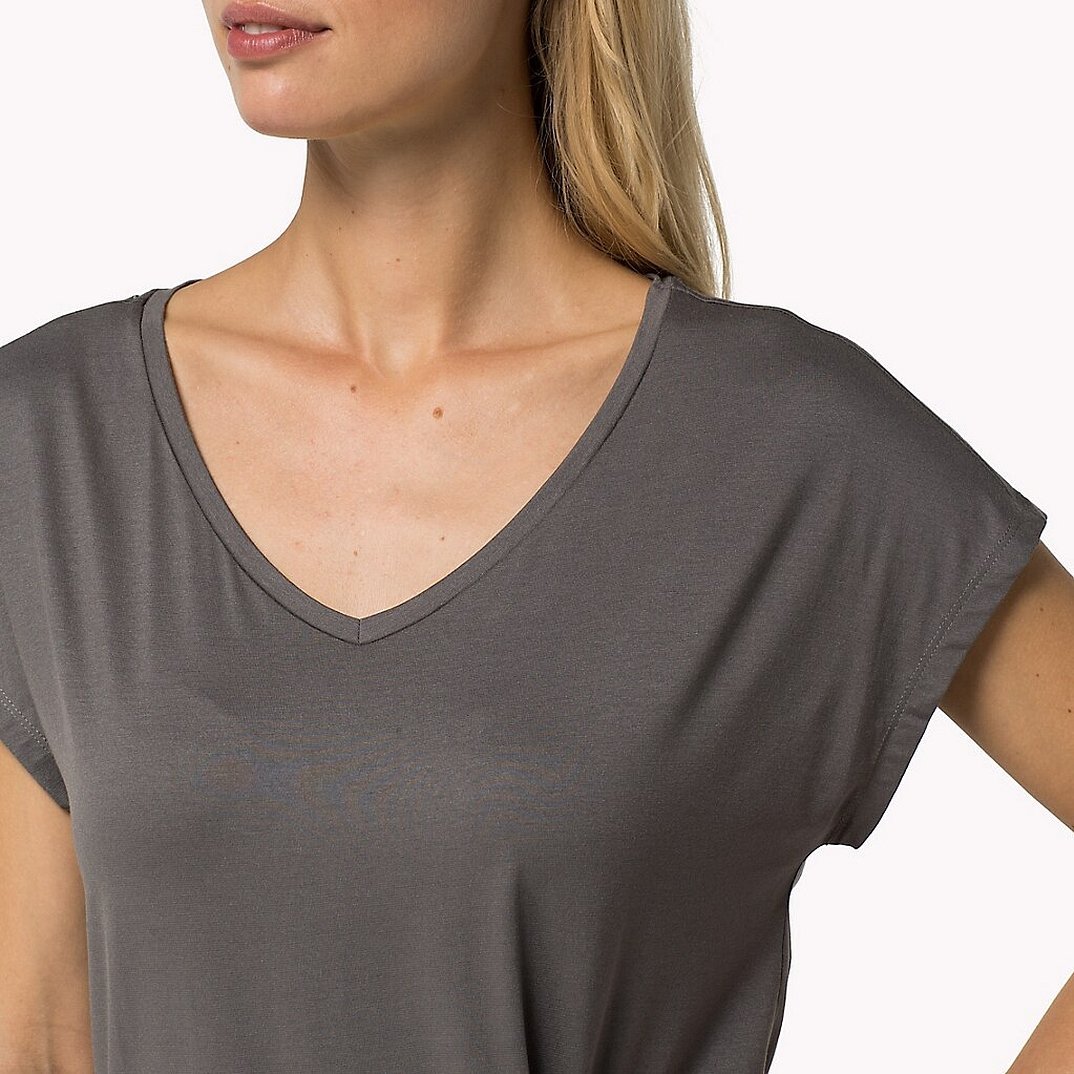
- everyday clothes - T-shirts, skirts, dresses - one-sided material with a shiny surface is used;
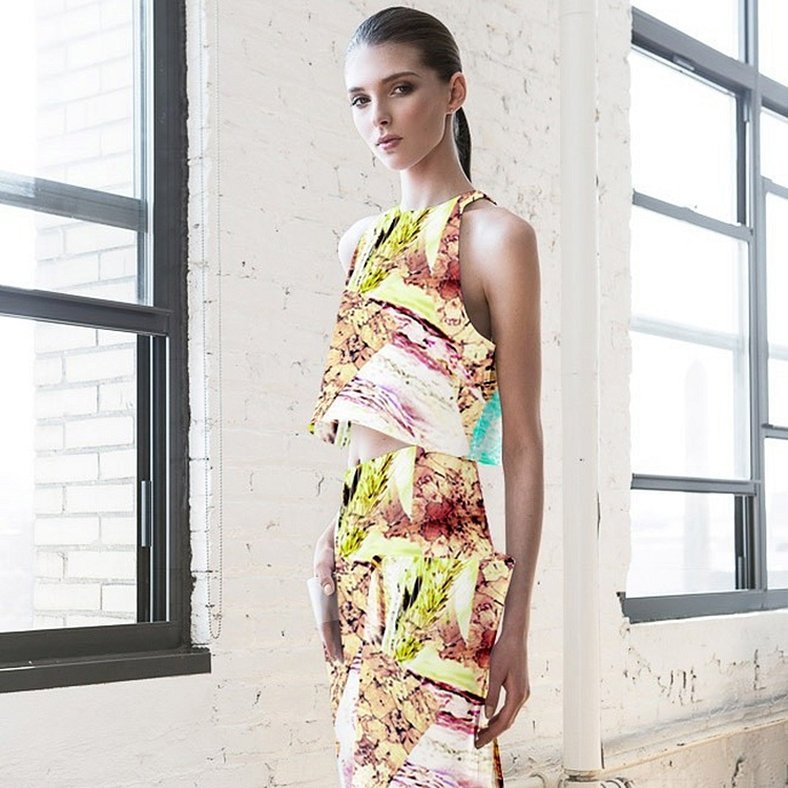
- various jeans - made from fabric containing modal in combination with cotton and elastane;
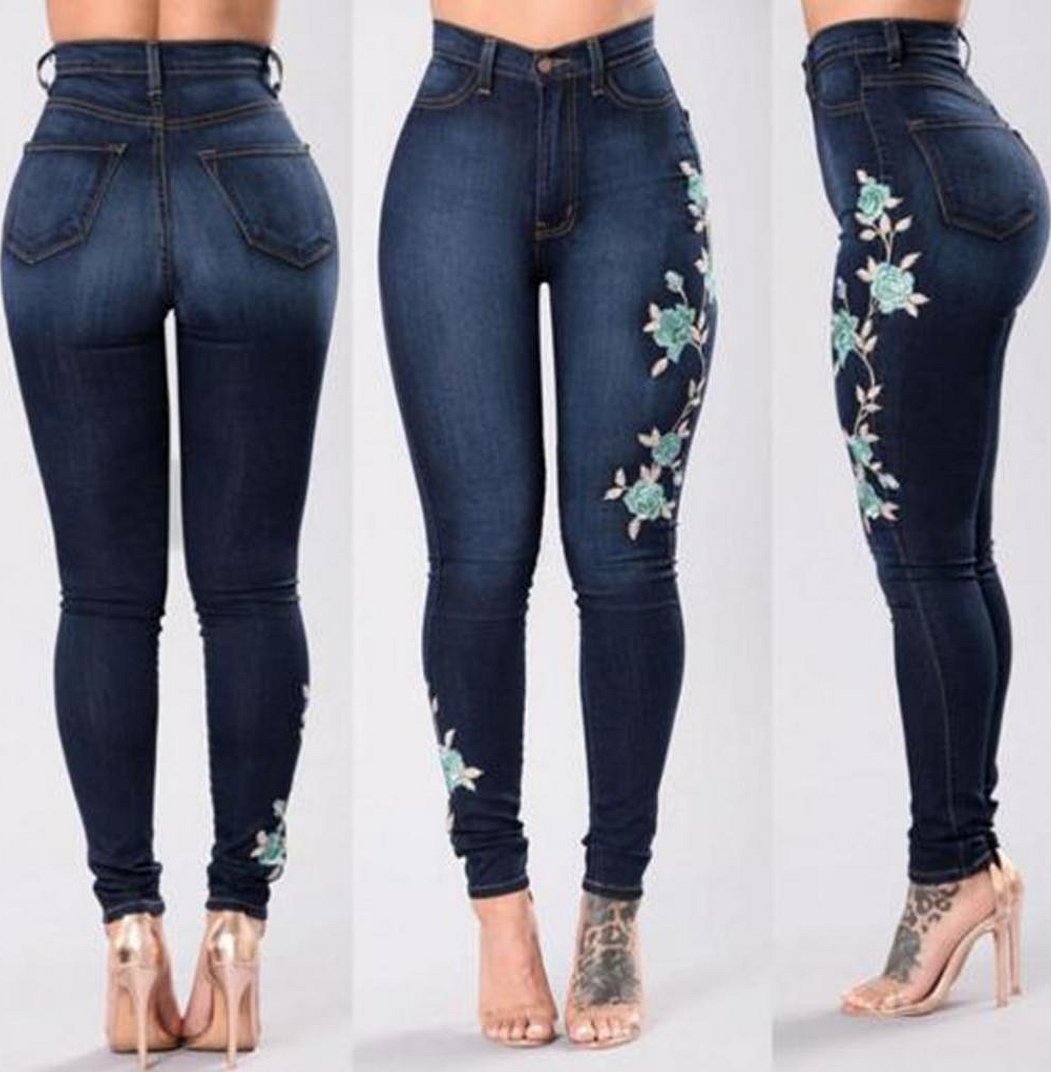
- home textiles - towels, napkins, bath mats - products have excellent absorbency;
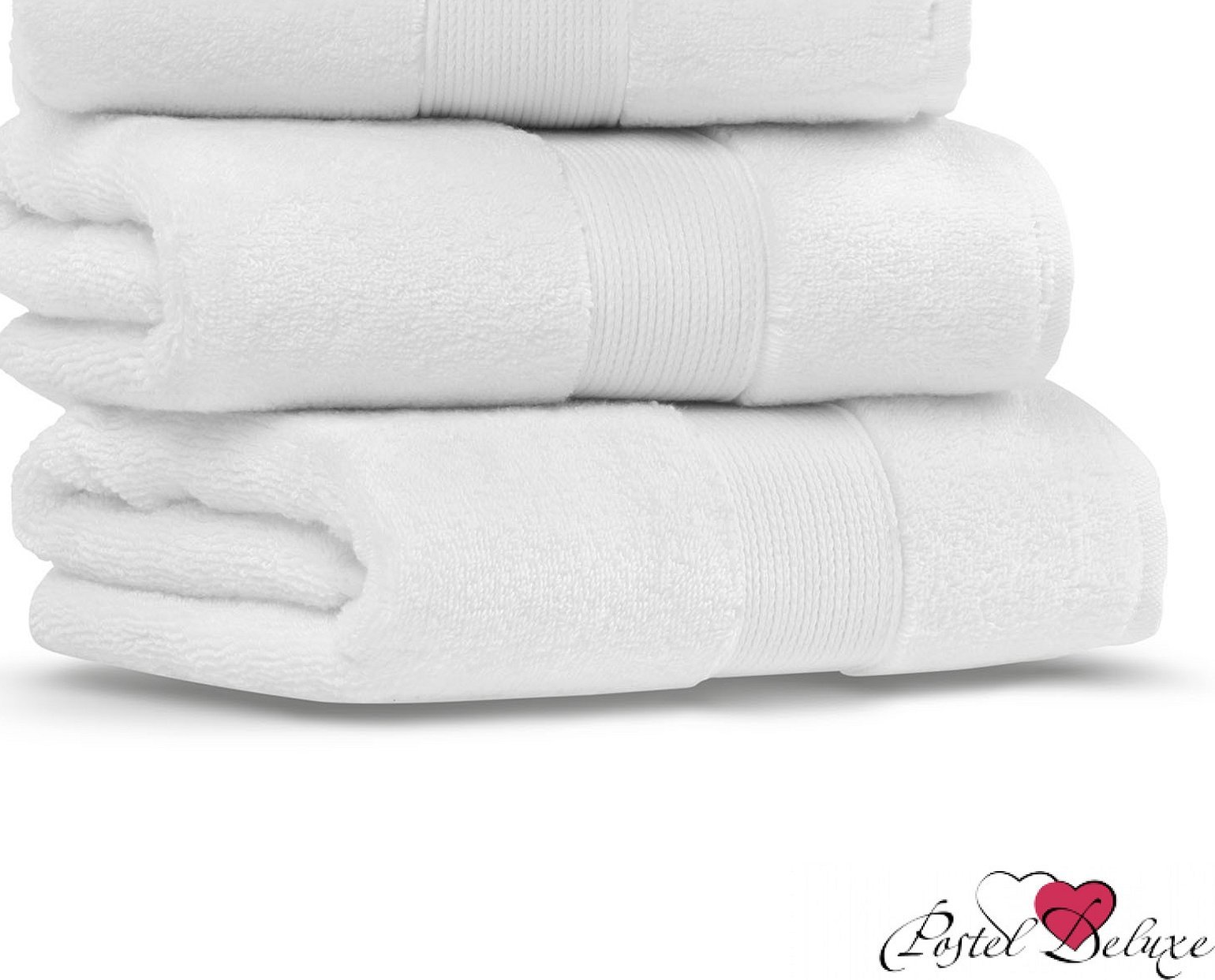
- bath accessories - washcloths;
- textile products for cleaning - the inclusion of modal fibers in the composition has a positive effect on the absorbent properties of the fabric, ensuring effective cleaning while maintaining the smoothness and shine of the surface;
- bed linen sets.
The most popular are bed linen sets made from eucalyptus wood. The linen practically does not wrinkle, resembles silk in appearance, and is very comfortable for sleeping. Even with long-term use, after repeated washings, the sets retain an attractive appearance, the fabric does not roll or fade. In terms of its quality characteristics, bed linen made of modal is a worthy competitor to linen made of cotton and linen.
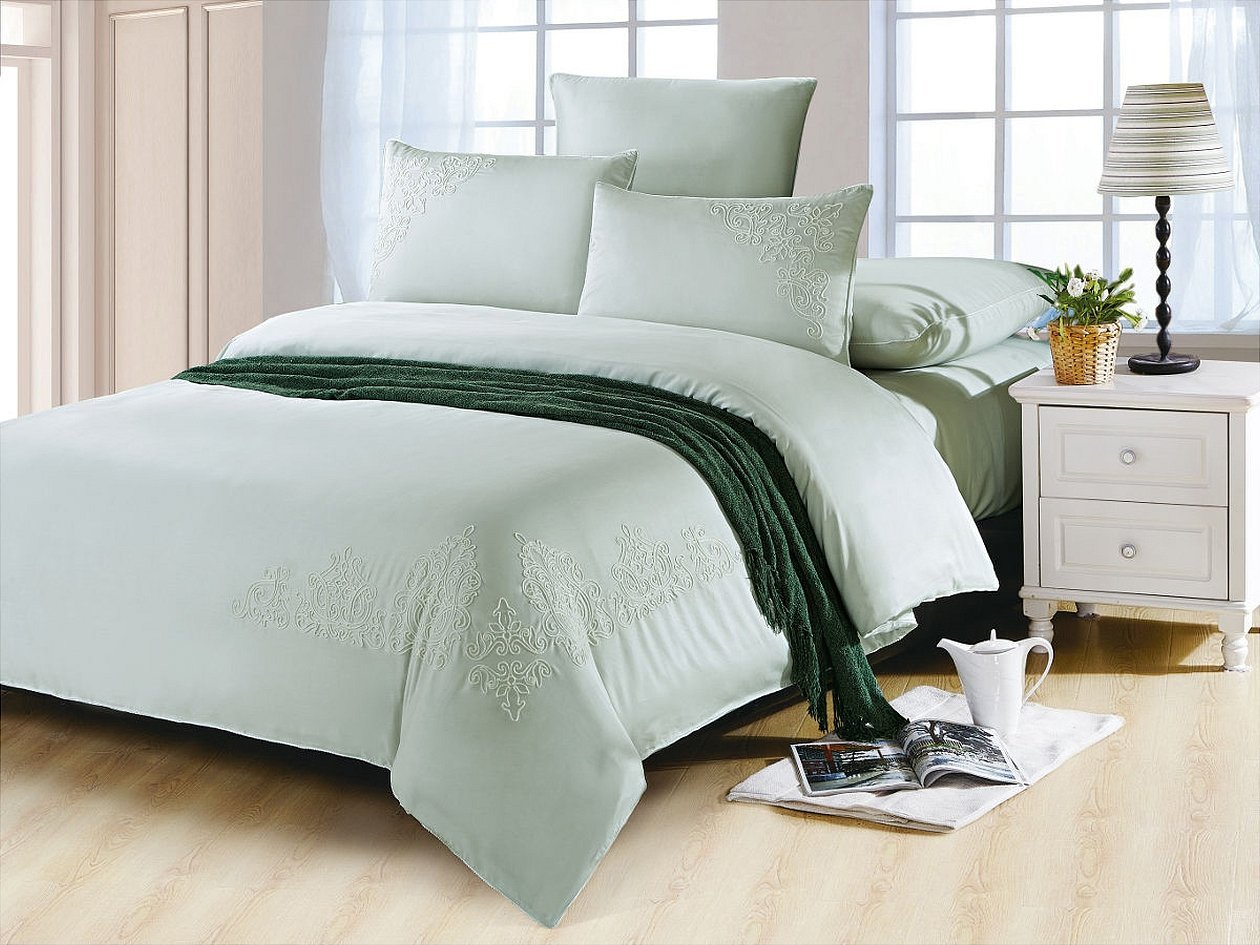
Care instructions
General recommendations for fabric care are as follows:
- Machine wash only on delicate cycle;
- if washing by hand, the movements during washing should not damage the structure of the material;
- neutral composition of the detergent, without bleaches or chlorine;
- do not leave the wet product in a crumpled state;
- machine spin only at low speed, after washing shake the product, straighten it out and dry it horizontally;
- iron only from the reverse side, iron the front side only through a damp cloth, you can use a steamer;
- do not store in places exposed to sunlight;
- Some items are dry clean only;
- Store items folded and use soft hangers for clothes.
For mixed fabrics, it is necessary to follow the care recommendations from the manufacturers. In doing so, focus on the main components of the mixed fabric.
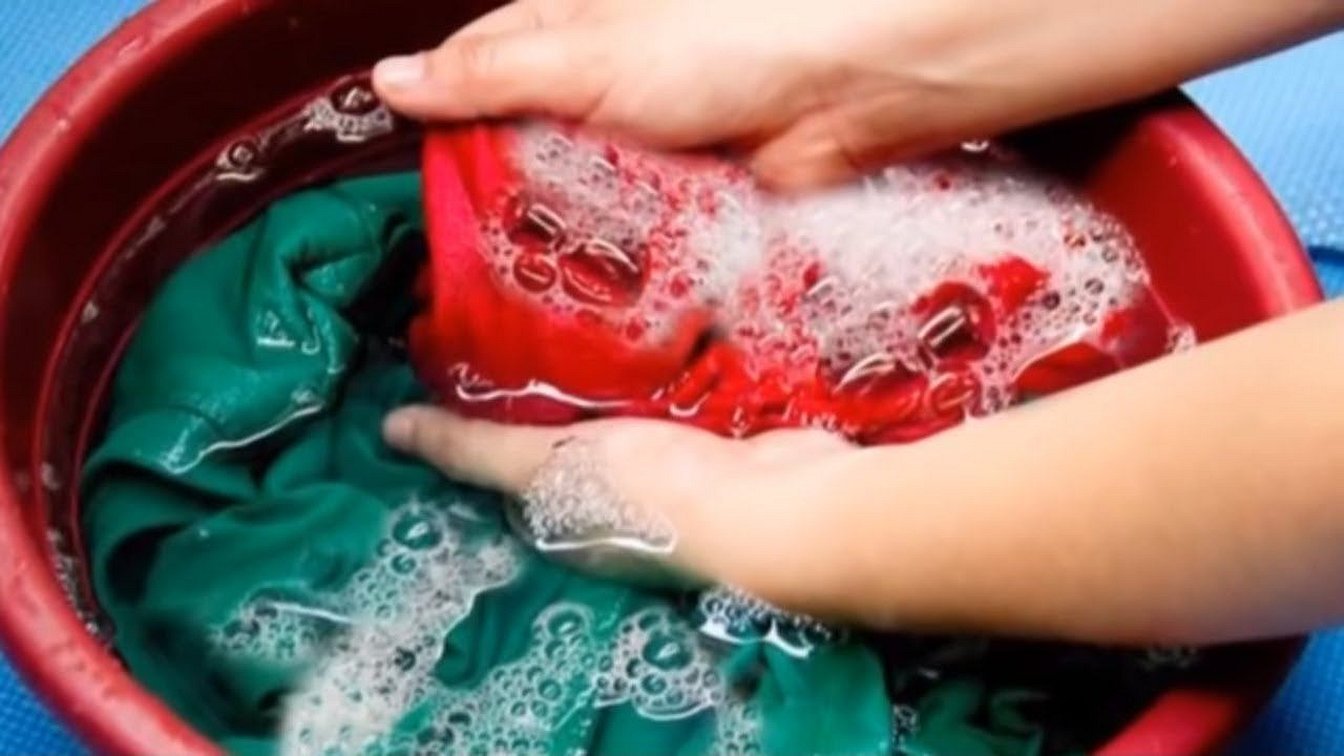
Advantages and disadvantages
Despite its synthetic origin, modal products have the following positive properties:
- even bulky items remain light and soft;
- significant hygroscopicity - the material absorbs more moisture than natural material;
- high tensile strength;
- air permeability - products allow air to pass through well, allowing the skin to breathe;
- low wrinkling;
- environmentally friendly and hygienic - does not contain any toxic components;
- no deformation or shrinkage during wear and after washing - the knees of sportswear and tights do not stretch out;
- does not roll or wear out with prolonged use;
- pronounced dirt-repellent properties - no soaking required;
- color fastness and no fading or shedding;
- An attractive material that resembles silk but has a matte finish.
The disadvantage is possible allergic skin rashes. Such products are not suitable for people with sensitive skin. In addition, the fabric is flammable. In close proximity to an open flame, the risk of ignition increases.
Comparison with other fabrics
The characteristics and appearance of modal resemble several natural fabrics at once - cotton and silk. In addition, it is a close relative of viscose and is similar to it in its composition and production method.
Comparison with cotton
Cotton fabrics and modal material are made from raw materials of plant origin. But at the same time, it practically does not wrinkle, retains color better, does not roll. It absorbs moisture much better and dries faster. It loses only in terms of allergy indicators - it cannot be used for sensitive and irritated skin. In addition, the fabric is very easily damaged when wet.
Which is better: modal or viscose
Modal's tensile strength significantly exceeds that of viscose. In addition, its production is more environmentally friendly, without the use of chlorine. The raw material is only high-quality beech, eucalyptus or pine wood. It loses to viscose only in terms of elasticity.
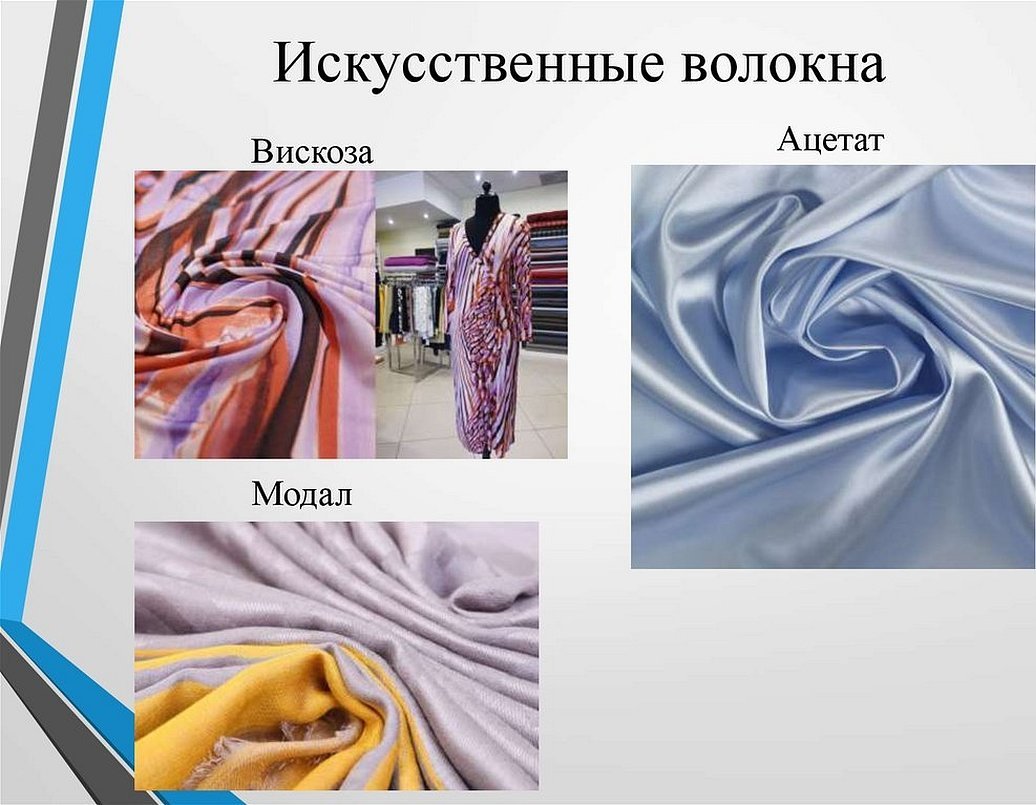
Bamboo fabrics, which are produced in a similar way, are less durable. And in terms of silk shine, the material is comparable to natural silk.
Reviews
Tatyana, 27: “I bought fitness leggings in a sports store. I paid attention to the composition on the label. It said: 50% modal, 50% elastane. At first I didn’t even understand what modal in the fabric meant, whether it was good or not. The price was low, so I decided to buy them and try them on myself. I was happy with the purchase - there was no greenhouse effect during intense exercise, the leggings were comfortable. They showed good results when washed - I washed them in cool water by hand. They dried quickly, did not shrink or fade.”
Ekaterina, 32: “I bought myself tights made of micromodal with elastane. I had never even heard of this name before. I went online and read what kind of fabric micromodal is. It turns out that this is a very decent material for tights and stockings, very durable, but lightweight. For me, this is just what I need. Now I will pay attention to the composition right away in the store.”
Modal is an amazing material that combines the properties of natural fabric in an improved modification. Products made from it are durable, visually attractive and are distinguished by their practicality and comfort. A worthy set of qualities for a material obtained from recycled cellulose.

